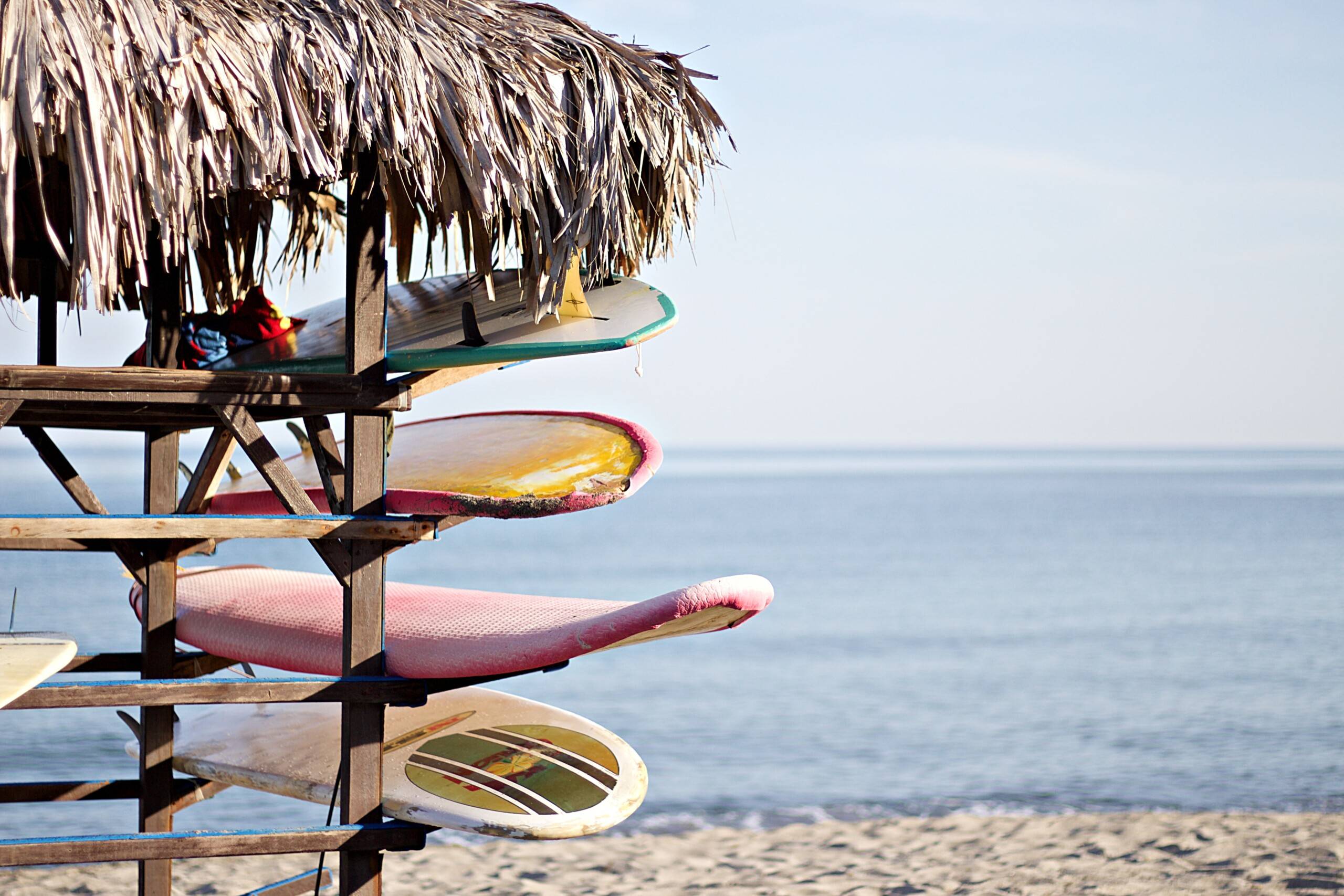Are you ready to catch some waves in the beautiful coastal city of San Diego? Before you hit the water or your surf lesson, it’s essential to understand the various types of surfboard constructions available. Each construction method brings its own unique characteristics and performance attributes to enhance your surfing experience.
Poly
Poly surfboards are the traditional and most widely used construction method. These boards are crafted using a polyurethane foam core, which is then coated with fiberglass cloth and polyester resin. Poly boards offer a familiar feel and are known for their responsiveness and maneuverability. They are often preferred by experienced surfers who value precise control over the board.
Epoxy
Epoxy surfboards have gained popularity in recent years due to their durability and lightweight nature. These boards are constructed using an EPS foam core, which is then laminated with fiberglass cloth and epoxy resin. Epoxy boards are known for their buoyancy and increased floatation, making them suitable for surfers of all skill levels. They provide excellent speed and performance while maintaining their shape and strength over time.
Foamie
Foamie, also known as soft-top or foam-board, surfboard construction has revolutionized the way beginners learn to surf. These boards feature a soft foam deck and a hard foam or wooden stringer core. Foamies are incredibly buoyant, forgiving, and safe to ride, making them ideal for beginners or surfers looking to have fun in small waves. They offer great stability and are less likely to cause injuries compared to traditional hardboards.
Wood
Wood surfboards have a long-standing history in surf culture, dating back to the ancient Hawaiians. These boards are crafted from various types of wood, such as balsa, cedar, or paulownia. Wood surfboards offer a classic and aesthetically pleasing look, combining natural materials with modern craftsmanship techniques. They provide a unique flex pattern and responsiveness, delivering a smooth and soulful surfing experience. While they require extra care and maintenance, wood boards are cherished by surfers who appreciate their craftsmanship and eco-friendly appeal.
Choosing the right surfboard construction can greatly influence your surfing experience, whether you’re taking a surf lesson in San Diego or riding waves elsewhere. The poly, epoxy, foamie, and wood constructions each have their own advantages and cater to different skill levels and preferences. Consider factors such as your skill level, wave conditions, and personal preferences when deciding which type of surfboard construction is best for you. Remember, the perfect surfboard is the one that helps you ride the waves with confidence, joy, and a connection to the ocean. So, grab your board and embark on unforgettable surfing in San Diego!











